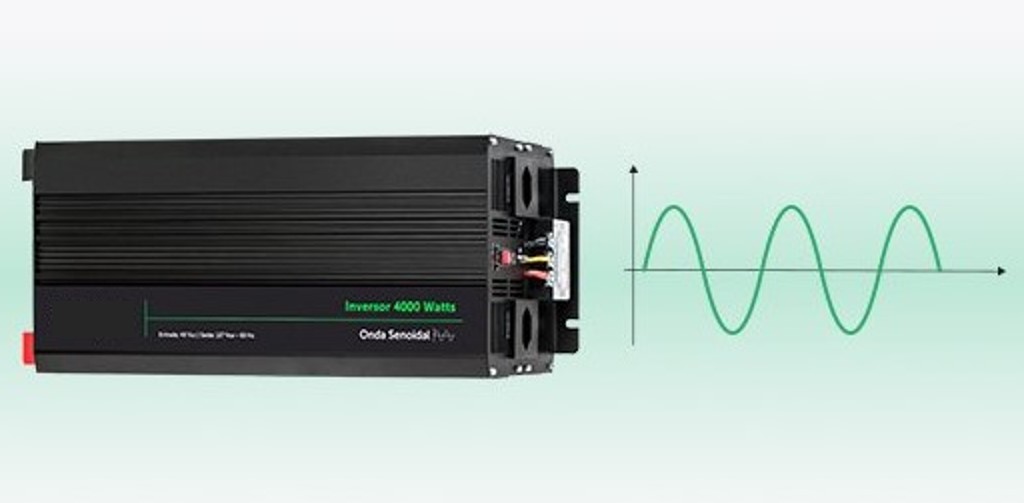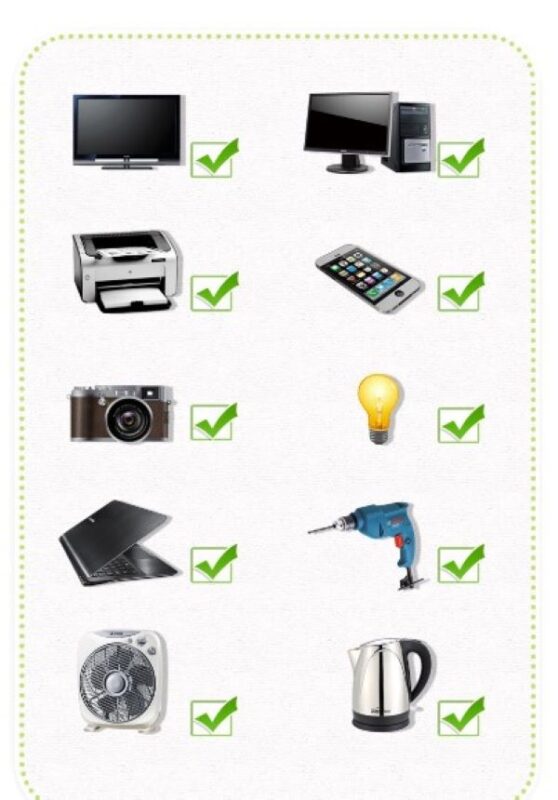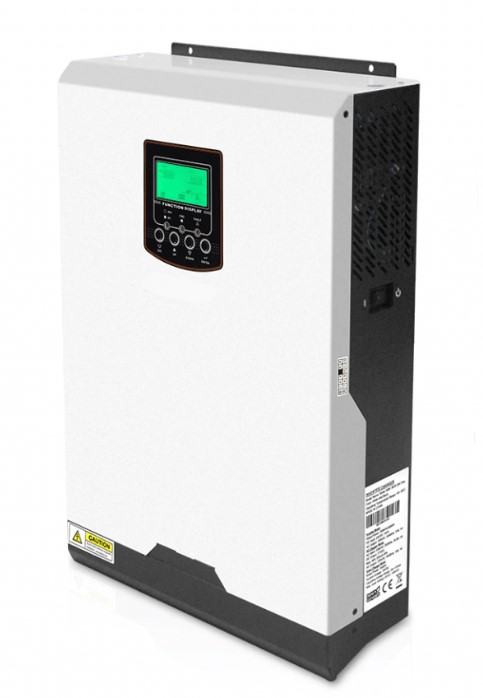Solar Energy
Pure sine wave inverter: advantages, disadvantages, applications
This equipment has a set of peculiarities that make it appear to be the best option for any installation. However, not everything that glitters is gold, which is why we bring you the post Pure sine wave inverter: advantages, disadvantages, and applications.
To delve deeper into understanding this device, we have prepared the post Pure sine wave inverter: features and operation for you. Don’t miss it!
In this way, when purchasing an inverter of this technology, you will know what to expect from it and can form realistic expectations. Let’s get started!
Advantages of pure sine wave inverter

- Compatibility, its output waveform is very similar, and in some cases even better, than the pure sine wave of the commercial grid. This ensures that all electric devices operate very effectively with this device.
- High efficiency, due to its technology, there are very few losses in the DC to AC conversion process. This results in better battery performance and fewer solar panels required to achieve a specific power output.
- Extends equipment lifespan, as a result of its sophisticated electronics, it generates very few harmonic signals, which are the primary source of damage to devices. This, in turn, prolongs the lifespan of the equipment.
- Provides excellent power quality, this makes pure sine wave inverters ideal for powering high-end equipment that requires a clean and stable sinusoidal signal.
- Produces very low noise levels, both audible and electrical noise is minimal due to the high-quality electronic components it possesses. Even its cooling phase is very quiet.
- Incorporates numerous protections, these not only safeguard the integrity of the inverter itself but also that of the connected equipment. These protections include safeguards against overload, short circuits, and reverse polarity, both at the input and output.
- High-quality inverters include battery charger and management options, this enhances efficiency by improving backup time and extending the battery’s lifespan
Disadvantages of Pure Sine Wave Inverter
- Price, these devices are more expensive when compared to other inverter technologies. This cost difference is due to the complexity and high-quality components and electronic circuits required to generate a pure sine wave.
- Size and Weight: These inverters have larger dimensions and are heavier than other inverters with similar power. This can make installation in confined spaces more challenging and reduce their portability when they need to be moved.
Applications of pure sine wave inverter

They are highly suitable for standalone and high-power solar energy systems, enabling:
- Powering highly sensitive digital electronics, including medical equipment, cutting-edge appliances like audio and video devices, and servers, among others.
- Supplying electricity to equipment with small and medium-sized motors, such as air conditioning systems, water pumps, and hydro-pneumatics. This is because they are immune to the voltage fluctuations caused by these mechanisms during startup.
This concludes our post, but we don’t want to say goodbye without inviting you to check out our content and register on our website, energydcac. Until next time!
Image Sources
- energydcac.com
- amazon.es

